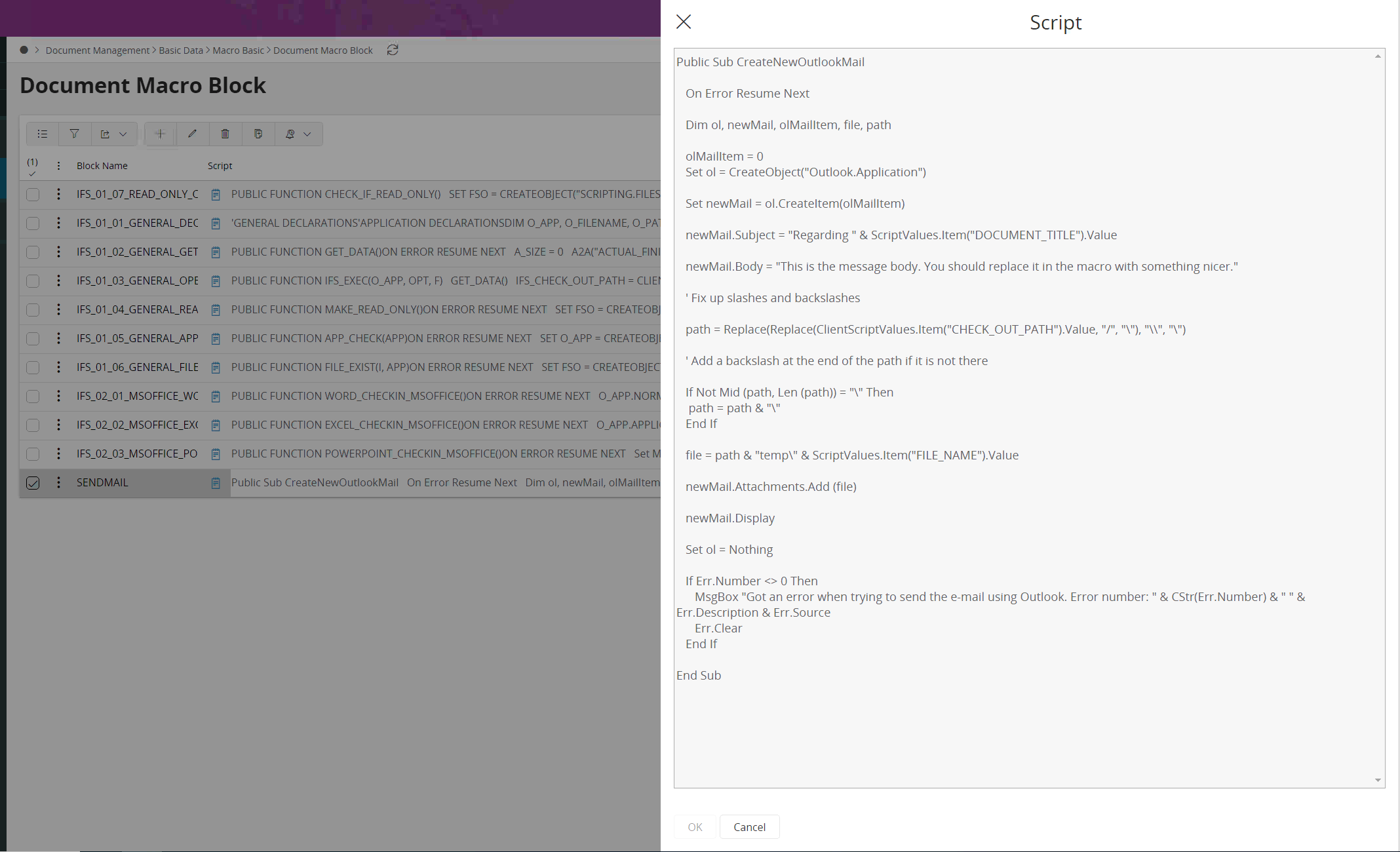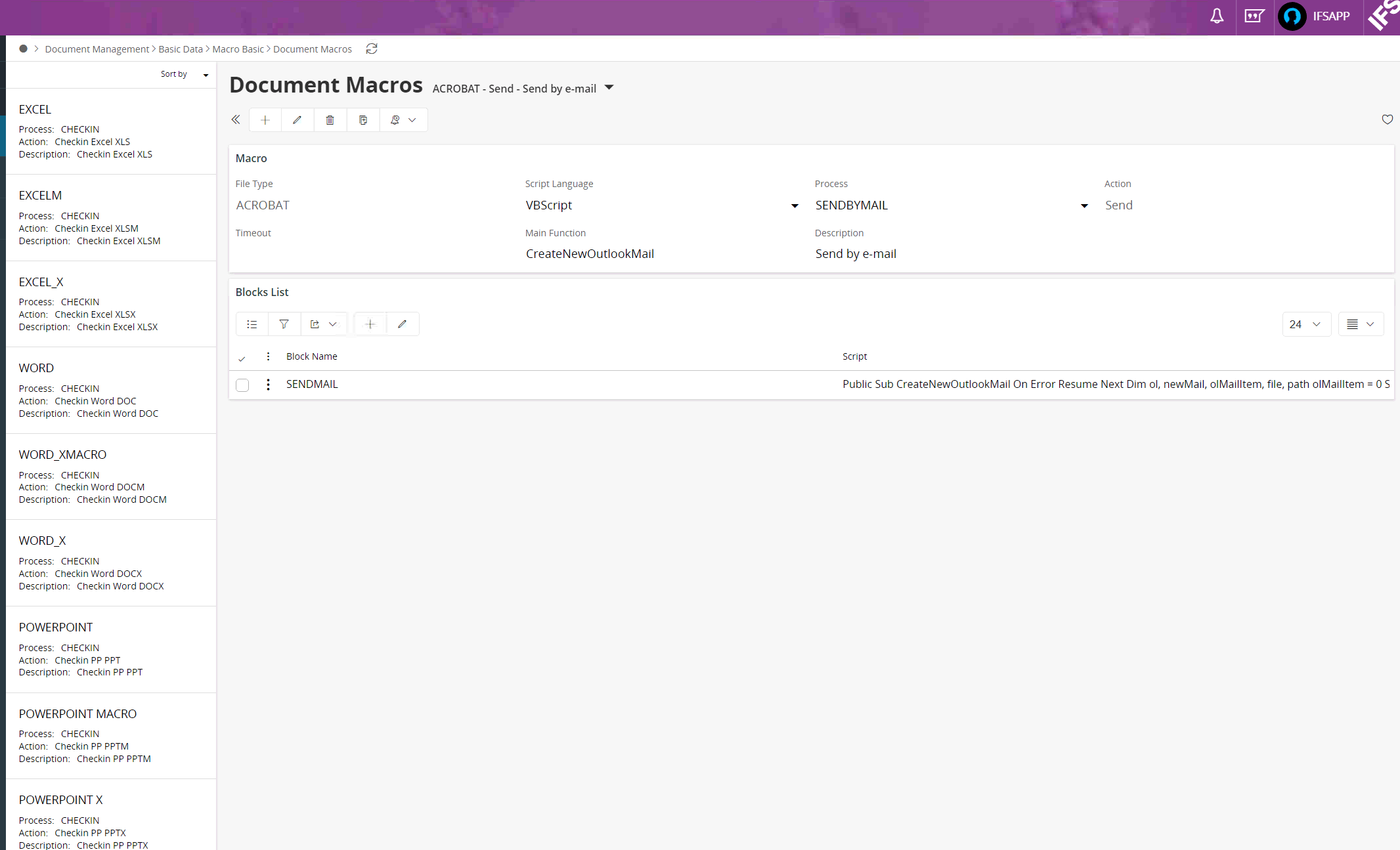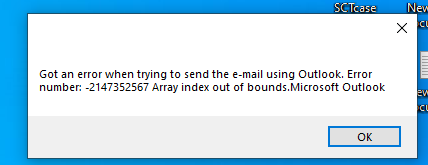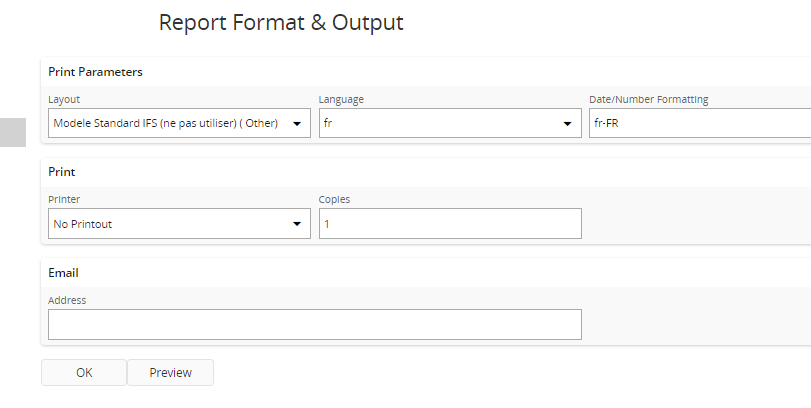Hi macro lovers!
In a recent customer case I got the idea to try and use a document macro to do it instead of the default behavior.
This post explains how to set it up.
Firstly, you need the Aurena Agent to be installed for it to work.
Here is the source code that makes it all happen:
Public Sub CreateNewOutlookMail
On Error Resume Next
Dim ol, newMail, olMailItem, file
olMailItem = 0
Set ol = CreateObject("Outlook.Application")
Set newMail = ol.CreateItem(olMailItem)
newMail.Subject = "Regarding " & ScriptValues.Item("DOCUMENT_TITLE").Value
newMail.Body = "This is the message body..."
file = Replace(Replace(ClientScriptValues.Item("CHECK_OUT_PATH").Value, "/", "\"), "\\", "\") & "temp\" & ClientScriptValues.Item("LOCAL_FILE_1").Value
newMail.Attachments.Add (file)
newMail.Display
Set ol = Nothing
If Err.Number <> 0 Then
MsgBox "Got an error when trying to send the e-mail using Outlook. Error number: " & CStr(Err.Number) & " " & Err.Description & Err.Source
Err.Clear
End If
End SubSave the above in the Script field in a new macro block in Document Macro Block:
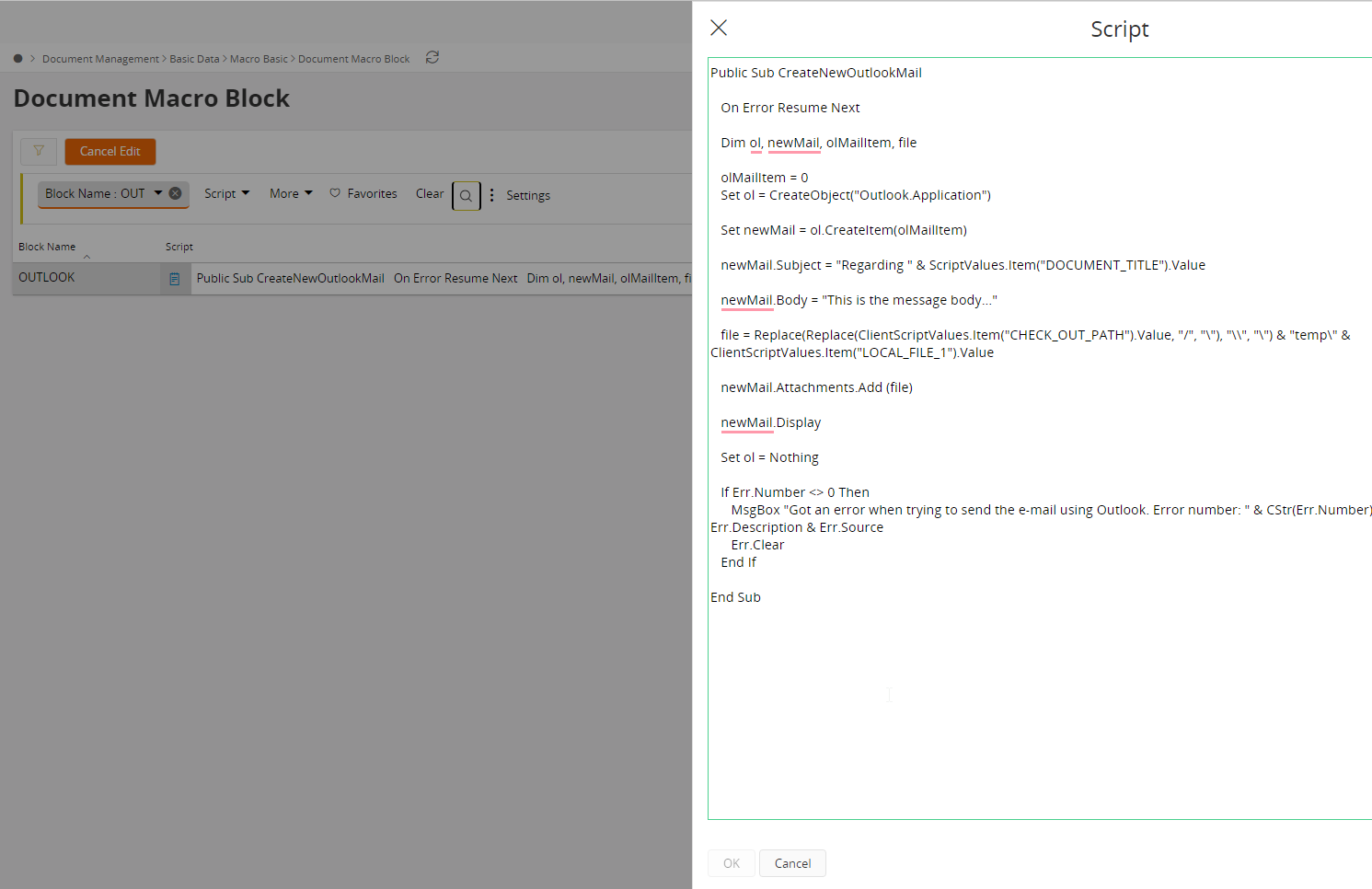
Then, for each file type you want to use this, add a macro header like this:
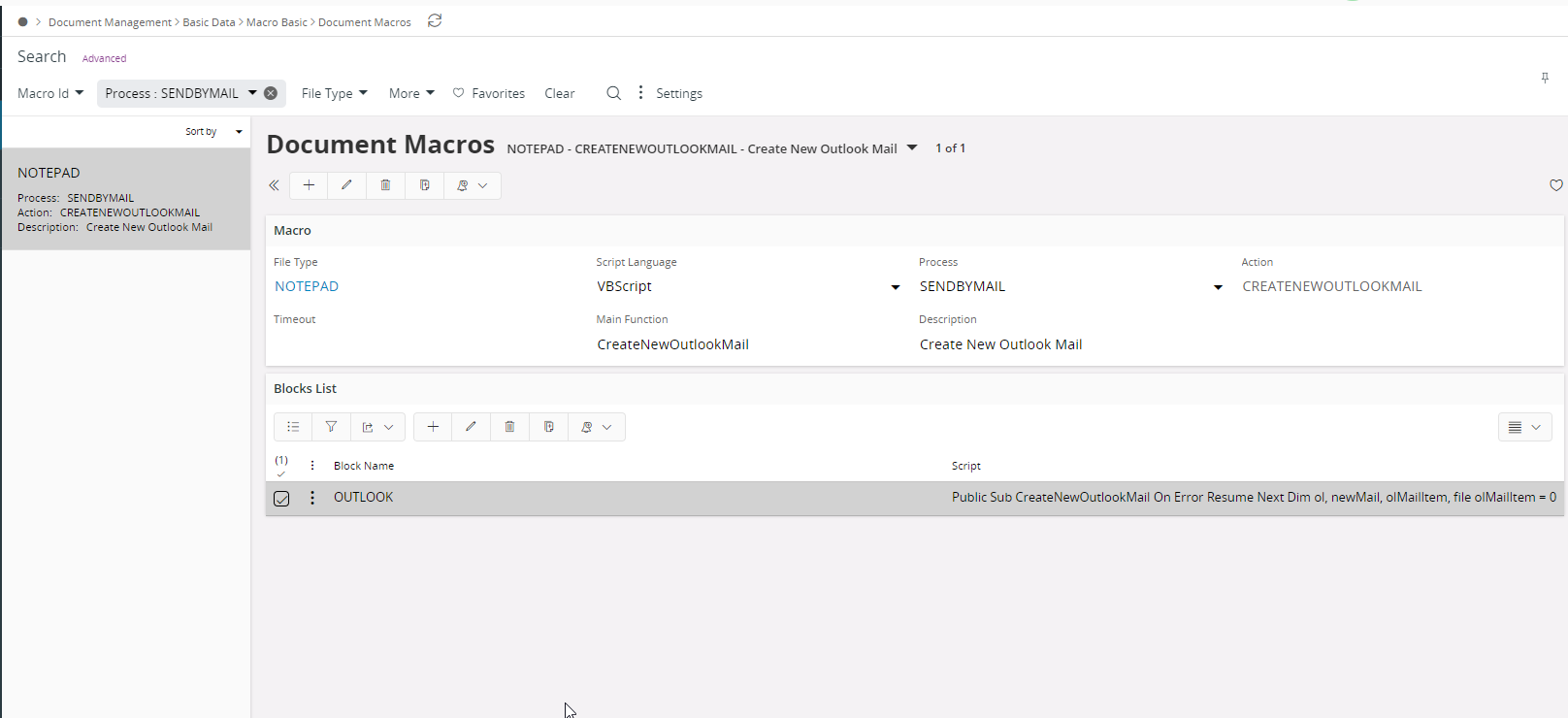
Above, I have made this macro available for text files (the file type is called NOTEPAD in this environment).
Now when you execute the Send Document File By E-Mail command in, say, the Document Revision page, the macro will open a new e-mail in Outlook and fill in some default values:
Why should you use this if I can send e-mails using the Aurena Agent without a macro? Well, you might want to provide another subject, or some default recipients, or a different body. Or perhaps attach yet another file (something you want to add to all e-mails, for example.)
If you want you can also restrict the macro to certain document classes. By default, all macros are available to all document classes (since the macro is primarily connected to the file type and the file operation/process). This can be done under Document Class Management.
You can read more about what document macros are and how to set them up here:
Enjoy!






